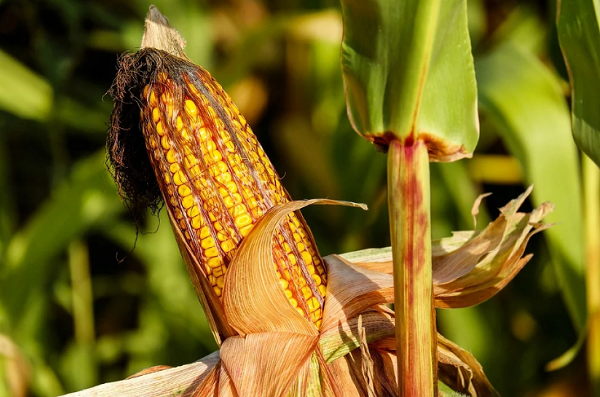
Exhibition time: 17-19 March, 2026 Shanghai, China
 中文
中文

Exhibition time: 17-19 March, 2026 Shanghai, China
 中文
中文

Key words of the passage: fertilizer; price; US farmers; corn; plant
A grain analyst says increasing fertilizer prices and questionable availability will likely convince US farmers to plant less corn in the spring.
“Corn prices remain supportive, but are they going to be supportive enough for US farmers to pay these rates for fertilizers come spring? Never mind that they don’t know if they can even get it or not.”
Pete Meyer with S&P Global Platts tells Brownfield client interest in fertilizer challenges prompted them to release an early prediction that at least 3 million US corn acres will shift to soybeans next year since it is a less fertilizer intensive crop.
“If this continues with the way fertilizer prices are going, we think 2022 could be the first year US farmers plant more soybeans than they do corn.”
Plus, agronomic data shows the switch could be beneficial to the farmer’s pocketbook.
“A lot of acres that were corn on corn in years past had phenomenal soybean yields this year. Farmers are looking at gross revenue on this and saying ‘OK. If I planted corn on corn for the last three years and all of a sudden I could possibly squeeze 90-100 bushels per acre of soybeans out of here, it might be worth, a shot.”
Farmers are telling him while prices are a factor, lack of availability is the ultimate decision maker.
“We have talked to plenty of farmer who have enough fertilizer bought at their local co-op for a certain amount of acres and those are the acres they are going with. They are not going to expand those acres at all. That is why we have made this 3 million acre shift call.”
Meyer says a drop from 93 million to 90 million acres of corn next year is a conservative guess, but there are a lot of moving parts between now and spring including planting conditions, commodity prices and outcome of Brazilian crops.
Source: BROWNFIELD
